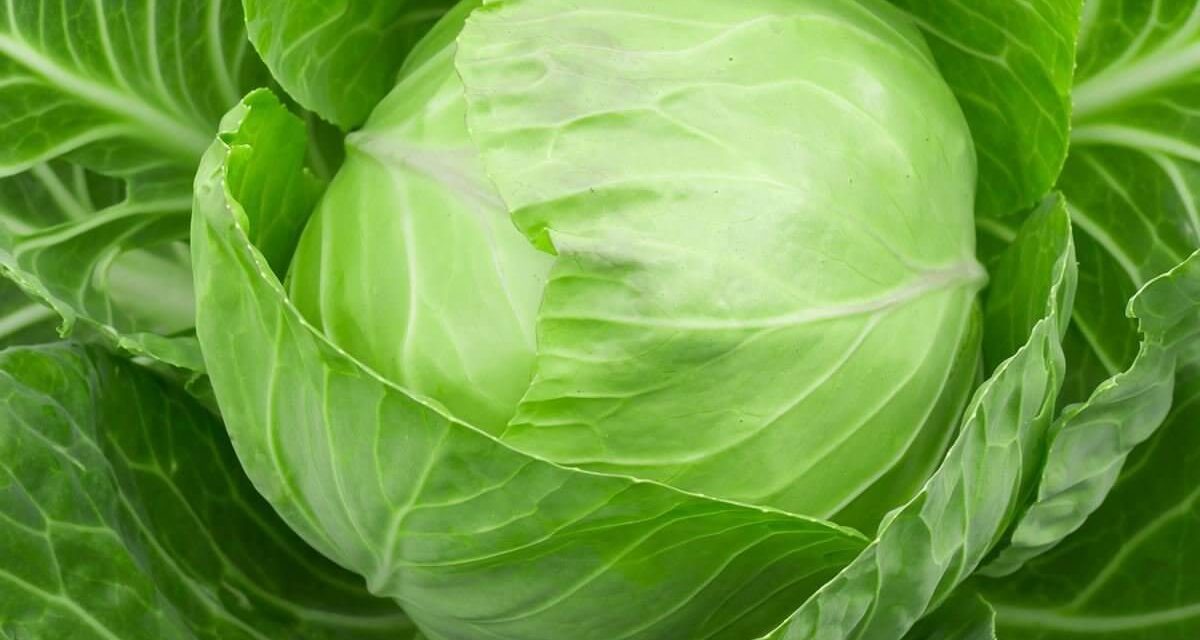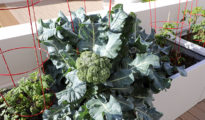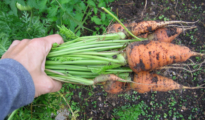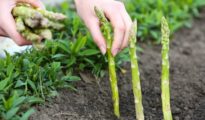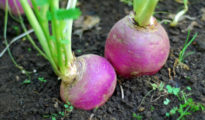Cabbage is a cool weather crop that can be easily grown in pots or directly in the ground. Today we'll share some tips on how to grow cabbage in pots. There are many different varieties of cabbage, but they all have large, green leaves that form a tight head. Cabbage is a very versatile vegetable that can be eaten raw or cooked. Let's learn more about this tasty vegetable as well as how to grow it!
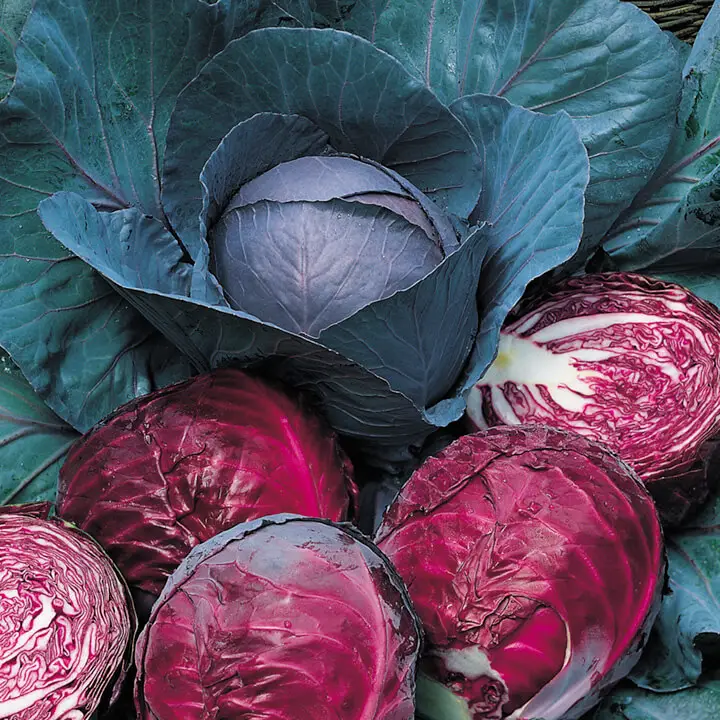
Types of Cabbage
There are many different types of cabbage, but the two most popular types are red cabbage and green cabbage. Red cabbage has purple-tinged leaves, while green cabbage has blue-green leaves. Both types of cabbage are equally nutritious and can be used in a variety of recipes.
Cabbage Nutrients
Cabbage is an excellent source of vitamins C and K. It is also a good source of fiber, manganese, and potassium. Cabbage is low in calories and fat, making it a healthy addition to any diet.
How to Grow Cabbage in Pots
- Cabbage plants have deep roots and need a lot of space to grow. Choose a container that is at least 12 inches wide and 12 inches deep. If you are growing multiple plants, choose a container that is 24 inches wide and 18 inches deep. You can also grow cabbage in hanging baskets.
- Fill the pot with a good quality potting mix. Potting mix is lighter and has more nutrients than garden soil. It will also help to hold moisture better. Add some compost to the potting mix for extra nutrients.
- Plants need sunlight to grow, so choose a location that gets at least six hours of sunlight a day. Cabbage can tolerate some shade, but it will not grow as well. If you live in a hot climate, choose a spot that gets afternoon shade to protect the plants from the hot sun.
- Water the plants regularly, making sure the soil stays moist but not soggy. Apply a layer of mulch around the plants to help retain moisture. Cabbage plants are prone to root rot, so make sure the pot has drainage holes so water can drain out.
- Fertilize the plants every two weeks with a balanced liquid fertilizer or time release pellets. Follow the directions on the package for how much fertilizer to apply.
- When the cabbage heads are about four inches across, pinch off the outer leaves so they don’t compete with the head for nutrients. You can cook and eat these leaves like collard greens. When the heads are full and firm, cut them off at ground level with a sharp knife. Remove any remaining leaves and discard them. Cabbage heads will keep for several weeks in the refrigerator if they are wrapped in plastic or placed in a covered container.
Cabbage Pests and Diseases
One of the most common pests that affects cabbage crops is the cabbage looper. The larvae of this moth feed on the leaves of cabbage plants, causing them to turn brown and wilt. Another common pest is the diamondback moth, whose larvae feed on the undersides of cabbage leaves, leading to misshapen heads. To control these pests, use row covers or insecticidal sprays.
One disease that commonly affects cabbage crops is black rot. This disease first appears as small brown lesions on the leaves of the plant, which eventually turn black and cause the leaves to wilt and die. Another disease to watch out for is downy mildew, which causes grayish-purple spots to form on the upper sides of cabbage leaves. Both of these diseases can be controlled with fungicidal sprays.
By being aware of the pests and diseases that commonly affect cabbage crops, you can take steps to prevent them from ruining your harvest. Use row covers or insecticide sprays to control pests, and use fungicidal sprays to control diseases. With a little bit of vigilance, you can enjoy a bountiful crop of healthy cabbages all season long!
Overall, cabbage is a pretty low maintenance plant to grow and it can reach some impressive sizes as well! Take good care of your cabbage plant and it will reward you. Now that you know how to grow cabbage in pots, it's time to roll up your sleeves and get to planting!

